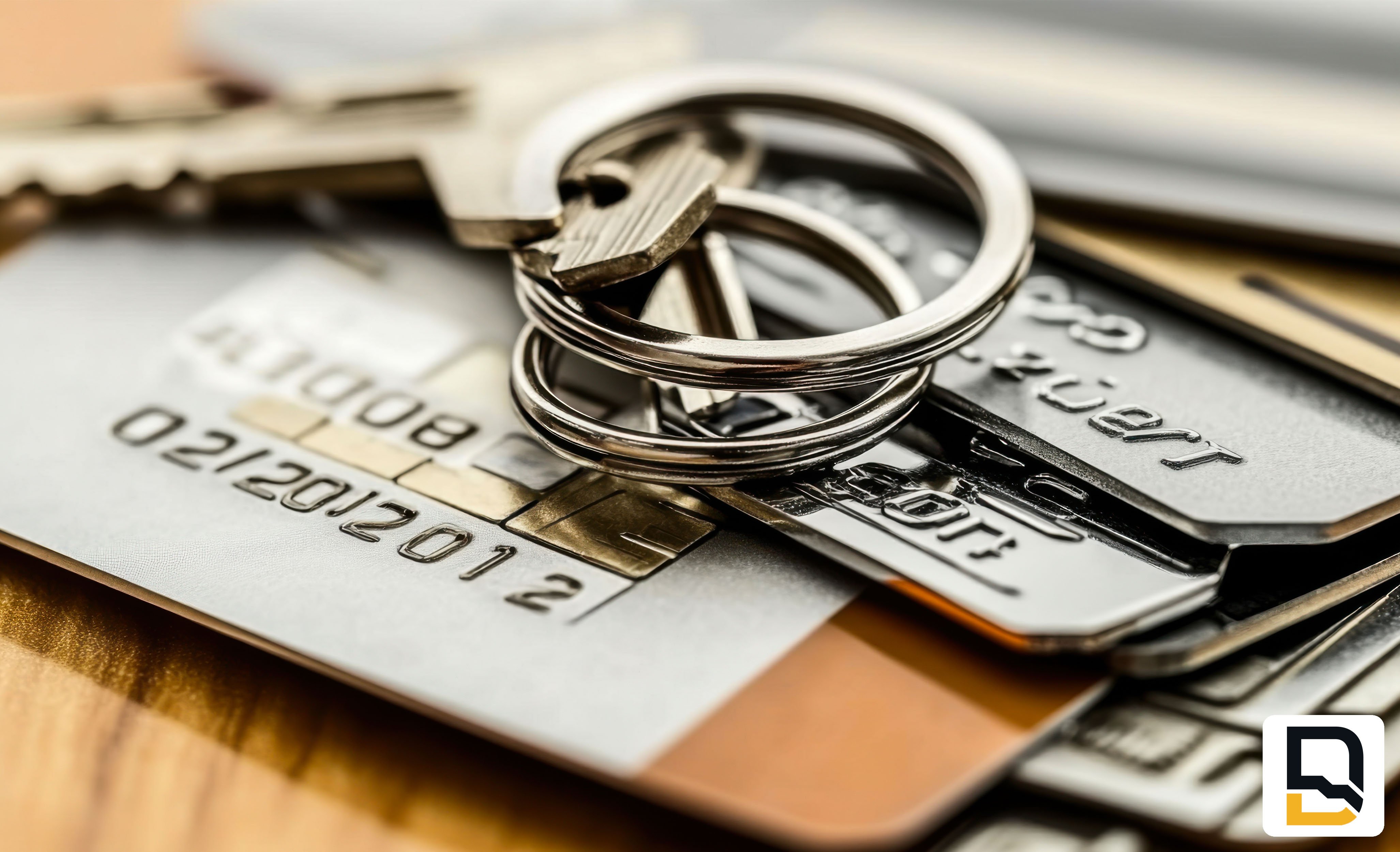
Home Equity Lines of Credit (HELOCs) and credit cards both offer revolving lines of credit, allowing you to borrow, repay, and re-borrow funds up to a set limit. However, HELOCs offer several distinct advantages, especially for larger borrowing needs or specific financial goals:
Lower Interest Rates
HELOCs are typically secured loans, meaning they are backed by the equity you have built in your home. This security allows lenders to offer significantly lower interest rates compared to credit cards, which are unsecured and thus riskier for lenders. For instance, in June 2025, the average credit card interest rate was over 20%, while the average HELOC rate hovered just above 8%. This difference can lead to substantial savings on interest payments, especially when dealing with large balances.
Potential Tax Benefits
The primary tax benefit of a HELOC is the interest you pay on the borrowed funds may be tax deductible. This can help reduce your overall taxable income, potentially lowering your tax liability. To qualify for the interest deduction, the HELOC funds must be used for a "qualified home improvement" on your primary or second home. Examples of qualified improvements include major renovations that increase the value of your home, such as remodeling a kitchen or bathroom, building an addition, or installing a new roof. You can also deduct the interest if you use the HELOC funds to buy or build a home. Consult with a tax professional to determine if you qualify for this deduction based on your specific circumstances.
Higher Credit Limits
Because HELOCs are secured by your home, lenders are often willing to offer much higher credit limits than those available with credit cards. This makes HELOCs a better option for funding larger expenses like home renovations, education costs, or consolidating high-interest debt.
Credit Score Boost
Reducing high credit card balances by transferring them to a HELOC can improve your credit utilization ratio, which is a major factor in your credit score. Since the HELOC is secured by your home, its balance doesn't impact your credit utilization ratio, potentially leading to an improved credit score over time.
Flexible Repayment Options
During the draw period of a HELOC (typically 5 to 10 years), you may only be required to make interest-only payments on the amount borrowed. This flexibility can help manage your monthly payments, especially during times of fluctuating income or when dealing with ongoing expenses. However, be prepared for higher payments during the repayment period, as you will then be responsible for repaying both principal and interest.
Flexibility with Funds
HELOCs provide access to a line of credit that you can borrow from as needed, offering flexibility for ongoing expenses or unexpected costs. You only pay interest on the amount you draw, not the entire approved limit, allowing for potential interest savings.
Potential Future Borrowing
As long as you don't draw down your entire line of credit, you can access additional funds from your HELOC if needed in the future. As you repay the borrowed funds, your available credit is replenished, giving you access to those funds again.
Simplified Finances
You can consolidate multiple credit card balances into a single HELOC, simplifying your monthly payments and making it easier to manage your debt.


